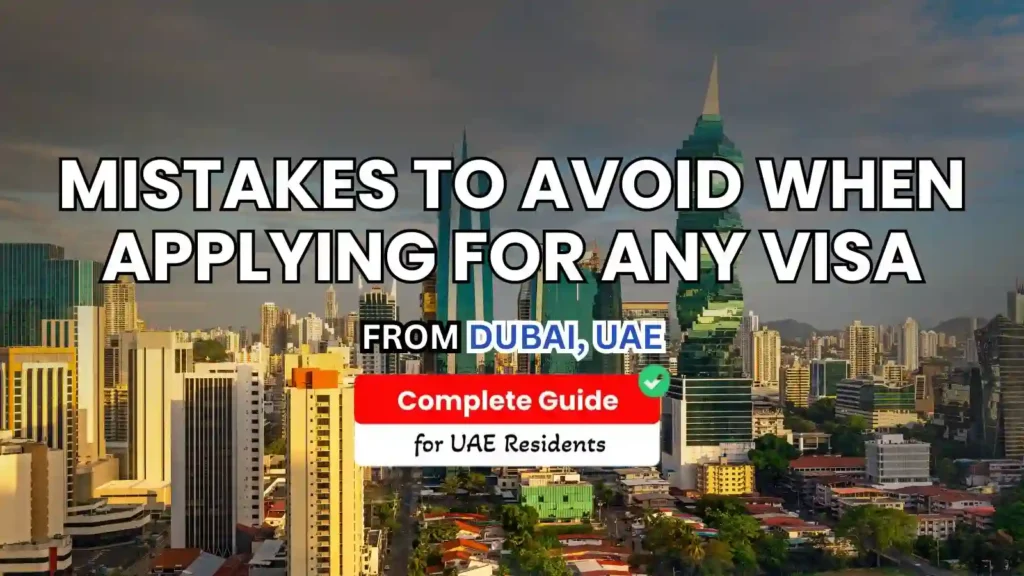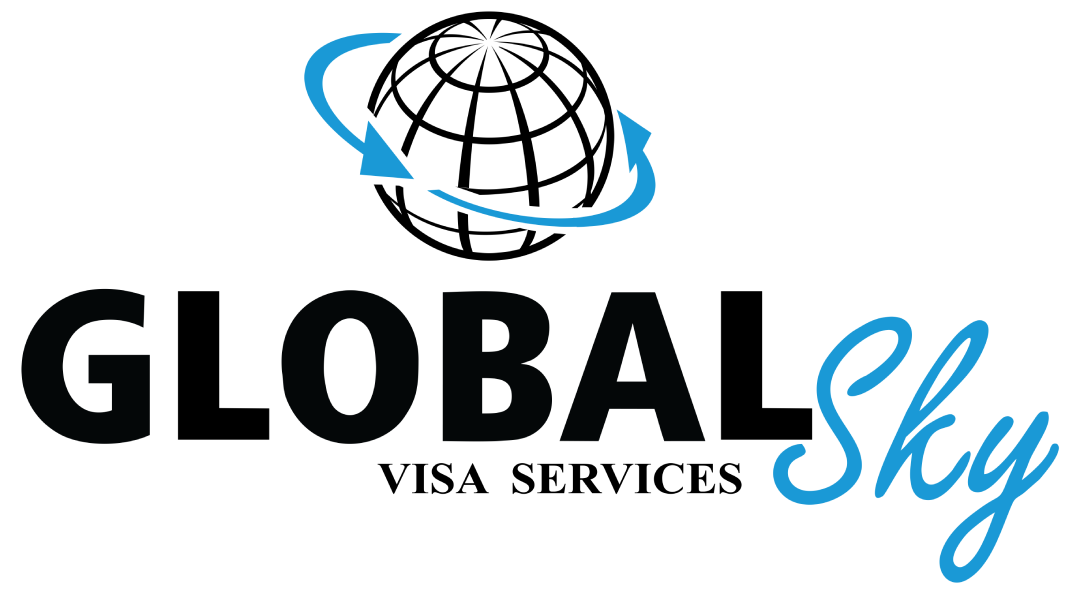
Visas can feel like assembling flat-pack furniture without the manual: lots of pieces, no room for guesswork, and a strong chance you’ll find an extra screw at the end. The good news? Most refusals aren’t about fate; they’re about fixable details. I’ve learned—sometimes the hard way—that a calm plan beats last-minute heroics every time. Here’s a human, plain-English walkthrough to help you avoid the usual traps and walk into your trip with confidence.
Start early, breathe easier
The number one mistake is timing. Processing times stretch, holidays sneak up, and appointment slots vanish when you blink. I now set a personal rule: I start as soon as I can prove my travel dates. Early beats perfect. You can always update a booking; you can’t outrun a closed appointment calendar.
Complete really means complete
Applications aren’t scavenger hunts. If the checklist asks for a document, it wants that document—not something “close enough.” Missing a bank statement or an invite letter can park your file in limbo. I print the checklist, tick it line by line, and only hit submit when every box has a neat tick. Boring? Yes. Effective? Absolutely.
Keep your details consistent
Tiny mismatches cause big headaches. A date formatted differently, a middle name dropped on one page, or an old address sneaking into a form can raise flags. I read my packet once like an officer would: names, dates, numbers, all matching. If something feels off to me, it will to them too.
Show that you can afford the trip
“Financials” sounds cold, but it’s really “Can you look after yourself while you’re here?” Recent statements, sensible balances, and a steady flow of income tell a tidy story. Be wary of sudden unexplained deposits; they look odd. I add a short note if anything unusual appears—simple, honest, and to the point.
Explain why you’ll return
Officers want to know you’ll go home when the visit ends. Evidence speaks louder than promises: job letters, study enrollment, property, family commitments. I keep these proofs current and clear. One strong page beats five vague ones.
Respect health and insurance rules
Some countries need medical certificates or specific travel insurance. Skipping this is like packing everything except your passport. I check the exact policy requirements—coverage amount, dates, destination—and save both digital and printed copies. Insurance is the seatbelt of travel paperwork: invisible until it matters.
Use a proper photo (yes, it matters)
Photos have rules—size, background, expression. A casual phone snap with a shadowy wall behind you won’t fly. I use a professional service or follow the specs to the pixel. It’s a small chore that saves a huge delay.
Read country-specific rules, not your memory
Every destination has its own logic. What worked for a Schengen application might not work for the UK, and vice versa. I always re-check the official site for the exact visa I’m applying for. Past experience is helpful; current rules are what count.
Translate what needs translating
If your documents aren’t in the required language, certified translations are your friend. Poor or partial translations slow everything down. I keep translations tidy, labeled, and paired with the originals so an officer can flip between them without playing document detective.
Avoid the “I’ll fix it later” mindset
Last-minute applications invite chaos: incomplete files, conflicting bookings, and stress you don’t need. I’d rather apply a week earlier with a calm head than a day later with a messy bundle. A clean application feels like a courtesy to the person reading it—and courtesy goes a long way.
Track your application after you submit
Submitting isn’t the finish line. Some centers email for clarifications or extra pages. I check my email (and spam folder) daily and respond quickly. A two-sentence reply within 24 hours can save you days of silence.
Match your itinerary to reality
Your plan should look like a real trip, not a wish list. Logical routes, reasonable time in each city, and bookings that match your dates help your file feel trustworthy. I add a short cover note that explains my route in plain English. It turns a stack of papers into a simple story.
Be honest about your past
Previous refusals, overstays, or visa changes should be declared accurately. Honesty with context often lands better than silence with surprises. If there’s history, I address it briefly, explain what changed, and move on.
Present documents like a professional
Neat files feel reliable. I label PDFs clearly, order them as the checklist suggests, and avoid duplicate clutter. For paper submissions, I use light clips, not an archive’s worth of stationery. The goal is to make it easy for someone to say yes.
Know your interview basics
If an interview is required, keep answers short, direct, and consistent with your forms. “Tourism for ten days, staying at this hotel, returning to work on this date” sounds confident because it’s true and specific. You don’t need a speech; you need a steady tone.
A word on sponsors and invitations
If someone is sponsoring your trip, their documents should be as clean as yours: ID, relationship proof, financials, and a clear letter stating support. I treat sponsor paperwork like my own—complete, consistent, and current.
Keep copies of everything
I keep a synced folder with my application, receipts, photos, insurance, bookings—everything. If a question pops up, I can answer it from my phone while standing in a queue. Future you will thank present you for this habit.
Final thoughts
Successful visa applications aren’t won by magic; they’re earned with clarity and care. Start early, follow the exact rules for your destination, line up consistent documents, and answer simply. When in doubt, explain briefly and truthfully. Do those small things well and you’ll swap panic for peace of mind—and turn “fingers crossed” into “see you at the gate.”
